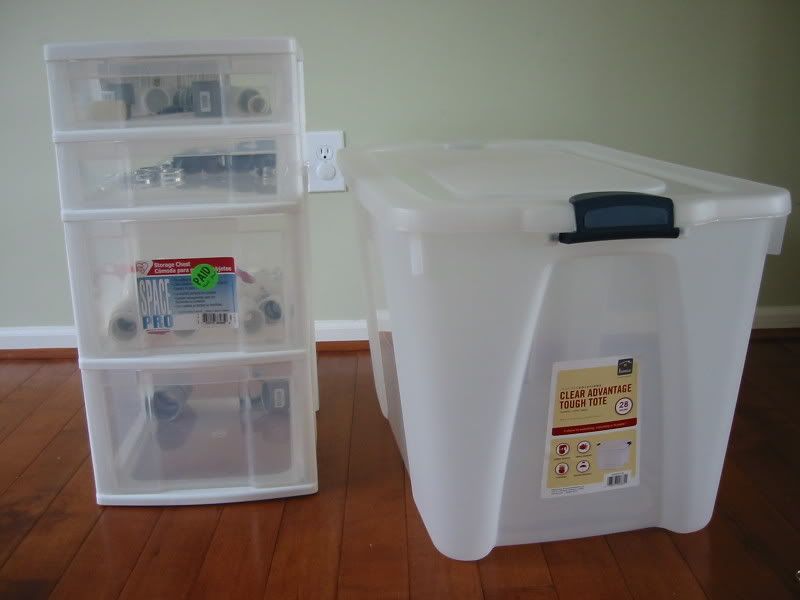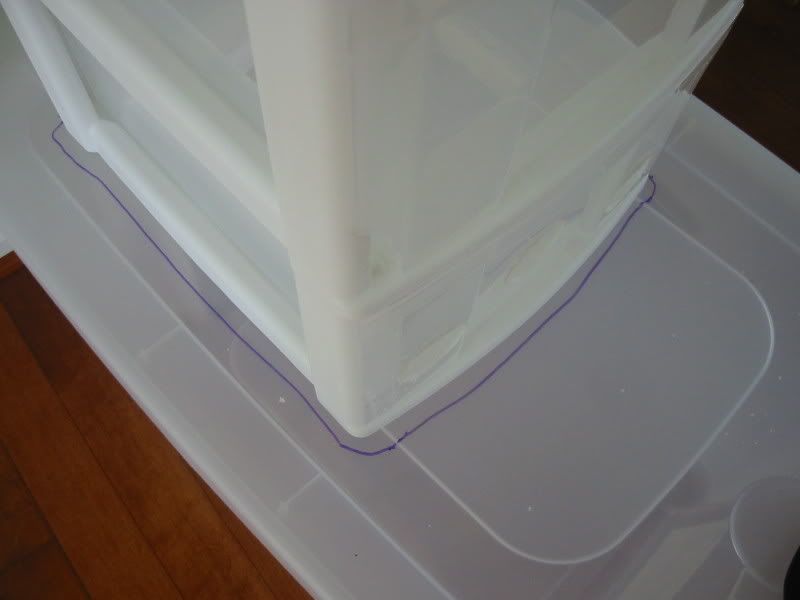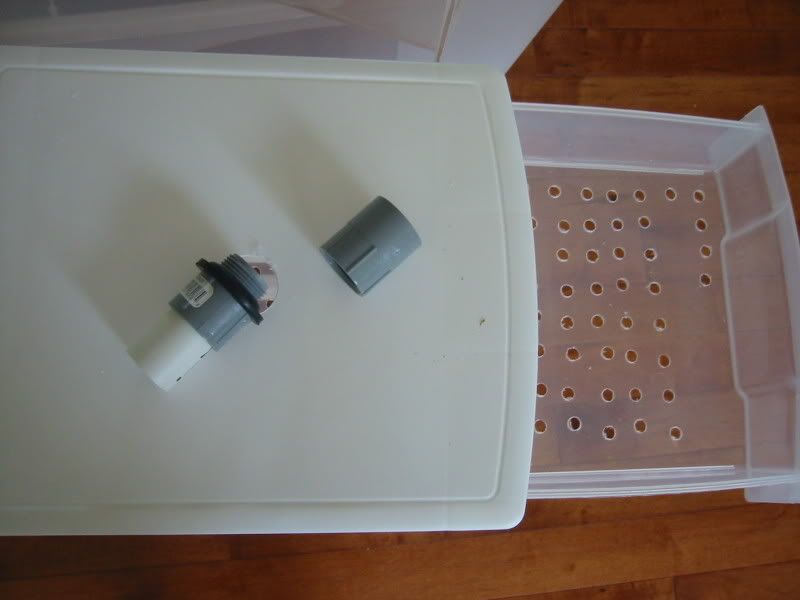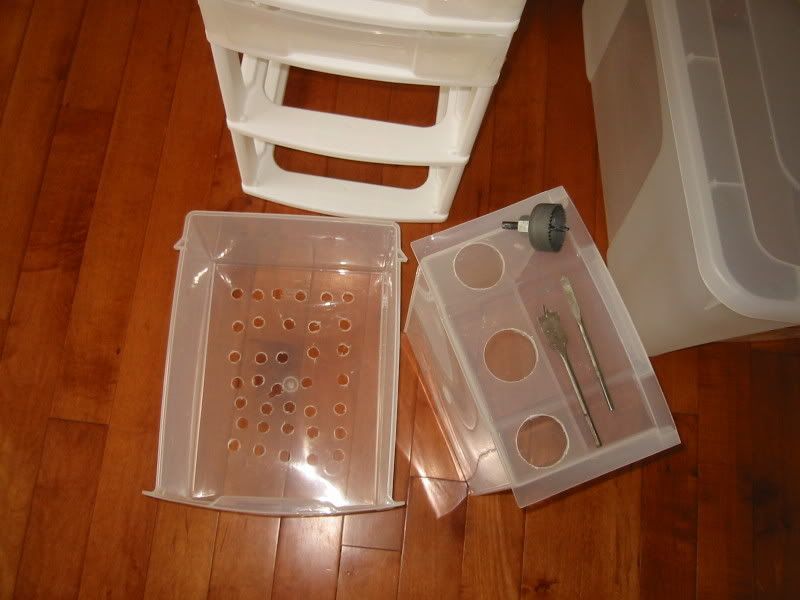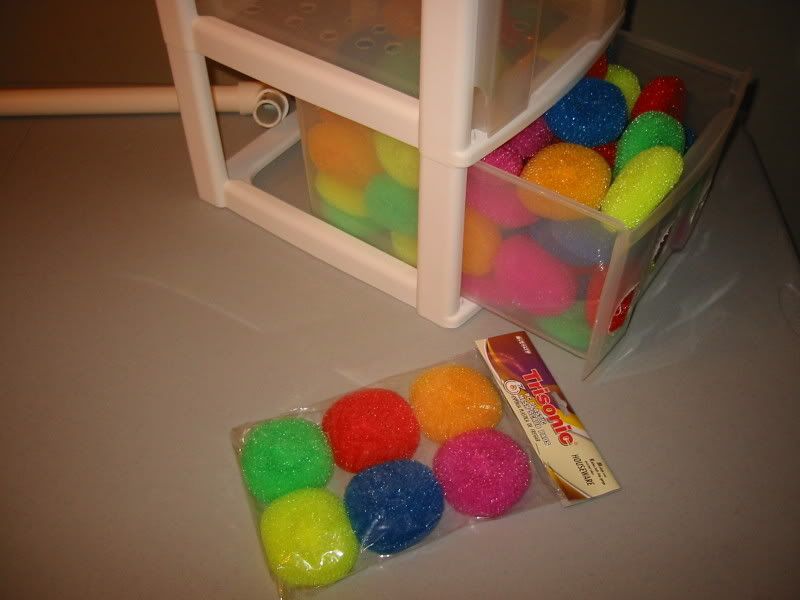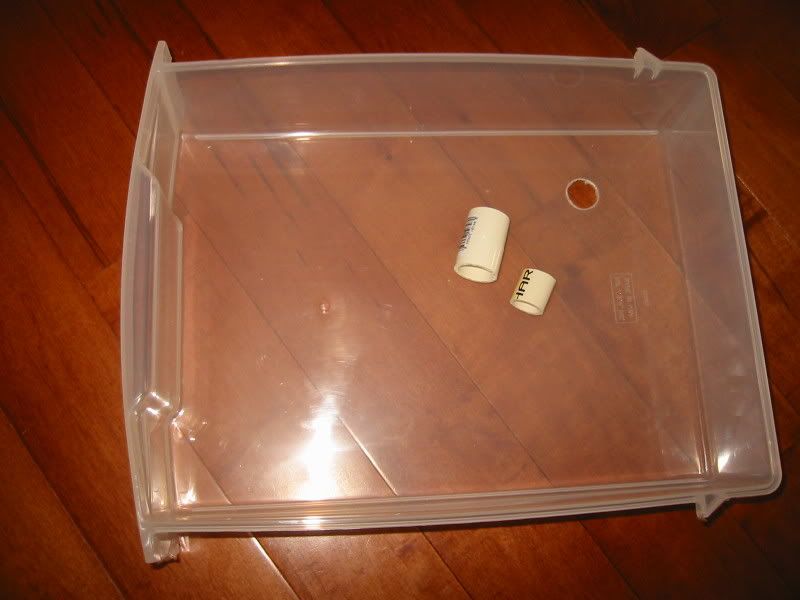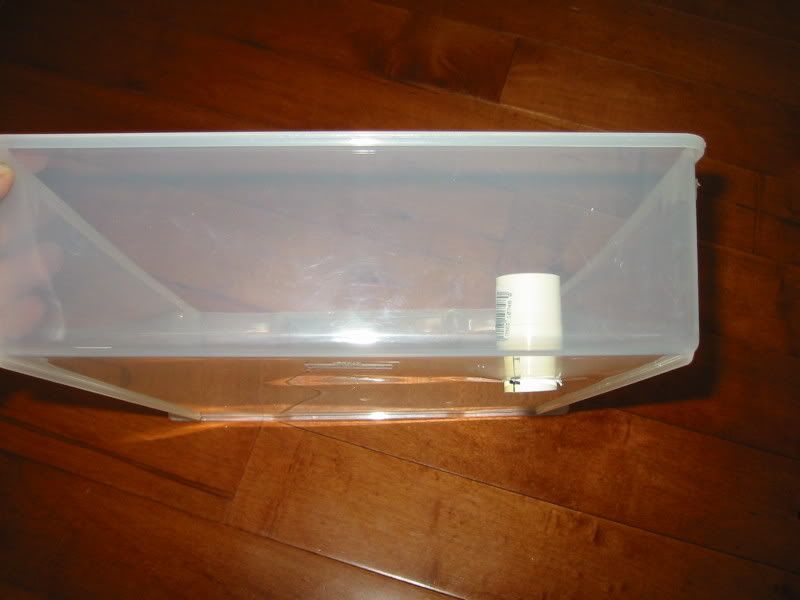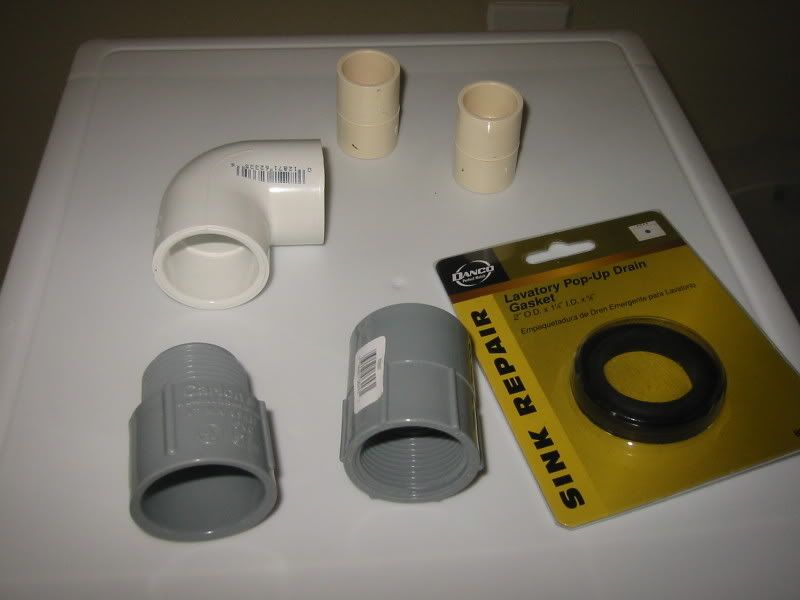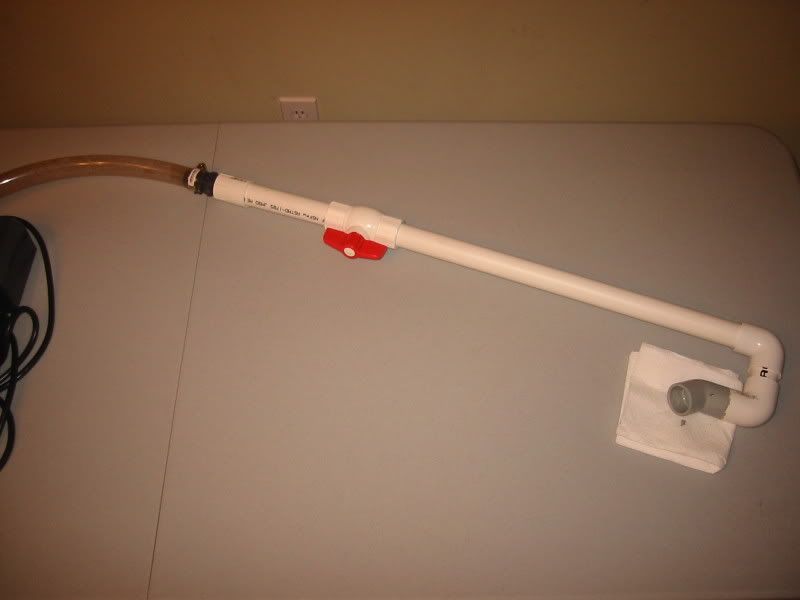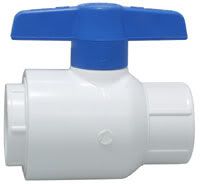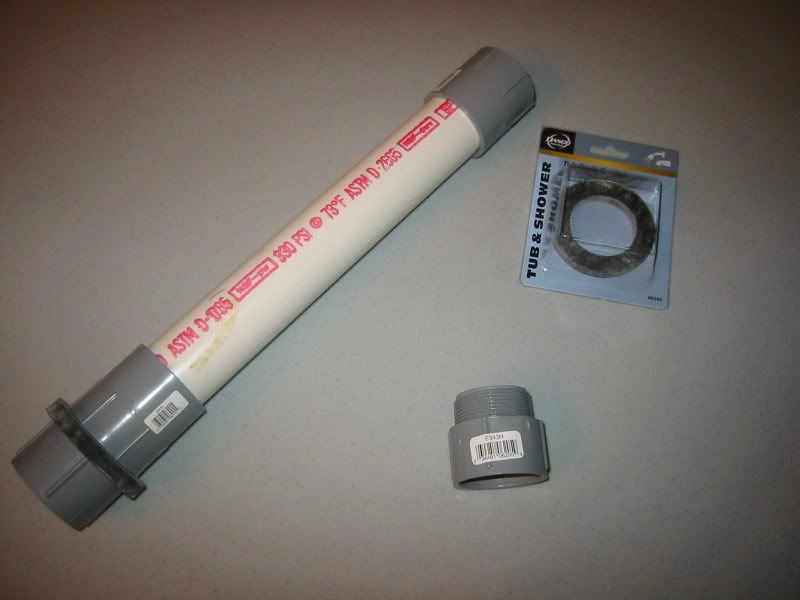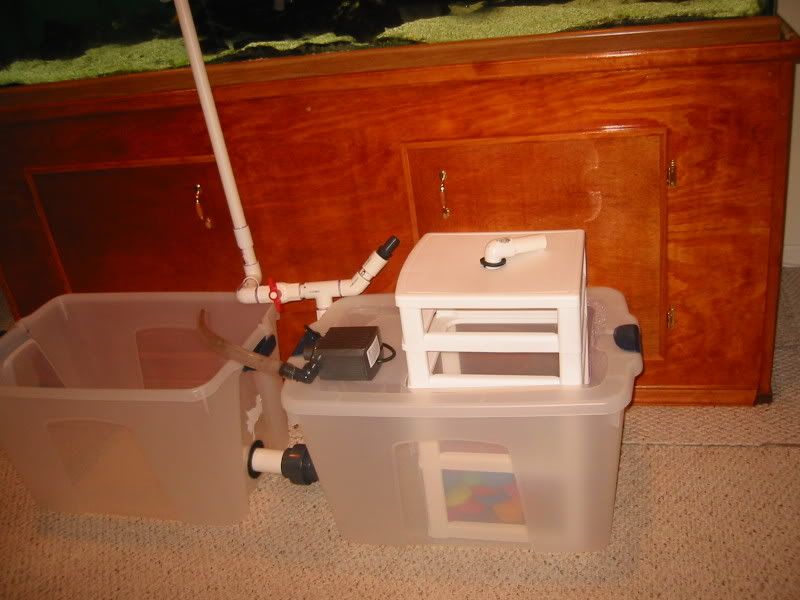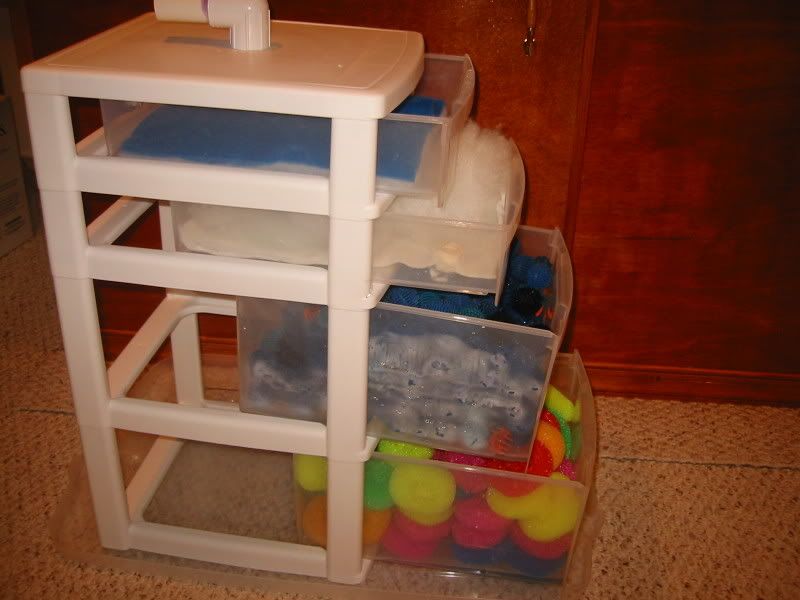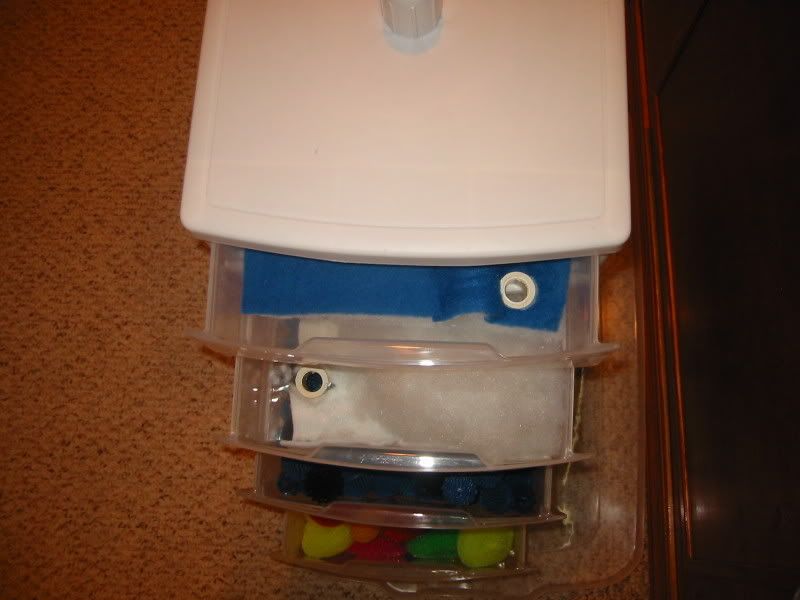Charlutz
Members
My Do-it-Yourself Sump and Wet-Dry Filter
by Charlie Campisi
If you want something done right, you have to do it yourself.
- Dads everywhere
Why DIY?
Most of us started in this hobby with a single ten gallon tank. The first day we got that tank set up, we couldn't take our eyes off of our new swordtails or neons. The second day? We dreamed of getting a big tank -- like maybe even a 20 gallon! We dreamed of bigger and bigger tanks but there was always a catch the stand wasn't the right color, there weren't enough light fixtures or feeding doors in the canopy, or it was too expensive.
My first 4 foot tank was a used reef tank that came with a cabinet stand, sump system and canopy. Sounds great, right? I was thrilled to bring it home, but then I decided that I didn't want a black stand and the canopy wood was rotten. At least the sump worked, but even it had some design issues. I was frustrated with my new purchase. I have some common sense but very little in the way of building skills. A friend who was a general contractor said it would be easy to fix and I tagged along at his side as he helped me fix that first set up. Along the way, I learned the basics of stand design, electrical wiring, and staining and wood finishing. That first project opened the DIY world for me. It may not have been perfect, but I was able to build features into my stand and canopy that I could not find commercially. I did it my way.
We are living in the golden age of DIYers. DIY skills and designs are mostly passed along through word of mouth and in the internet age, the information flows freely. Search engines and forums dedicated to our hobby give us tremendous access to information. Do a Google search for DIY aquarium ________ and you'll be amazed at what you can find in 0.4 seconds. That first ill-designed sump of mine lasted ten plus years and parts of it were up until very recently filtering my main 210 gallon tank. I decided to scrap that filter and build one that better suited my needs, so started researching the project and came up with the filter described below. One disclaimer I do not claim ownership of any single idea that makes up this filter. It is an amalgam of ideas found for free on the internet or by copying ideas from other peoples' systems. Free information is the best thing about DIY projects. My way of repaying those who helped me (sometimes unknowingly) is that I pass on the information whenever I can, while at the same time asking for ideas to improve what I've done. Hopefully, you will do the same if you have the chance.


